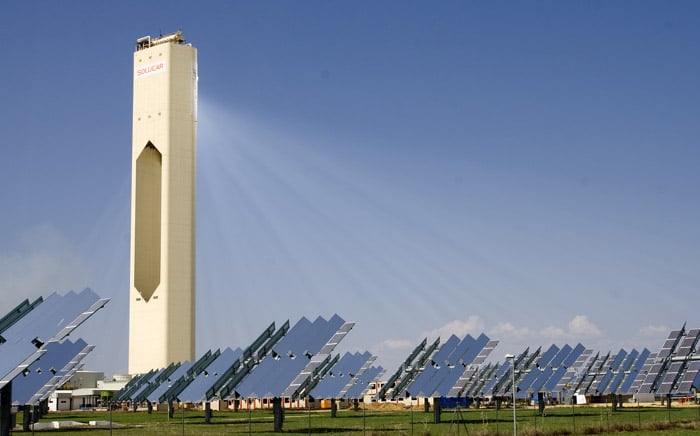It is a foregone conclusion that if humanity intends to survive the so-called " Anthropocene " we need to make the transition away from fossil fuels and other methods that are unsustainable and amplify our impact on the planet. In this respect, a great deal of research and development is being directed towards "renewable energy." Of the many methods that are being developed, the biggest contender is and always has been solar power.
Unfortunately, solar power suffers from a number of drawbacks, like the fact that it is only available during the day and favorable weather conditions. However, a new study by researchers from the Institute for Research in Electronics and Applied Physics (IREAP) shows how a special kind of photovoltaic cell could generate power at night. These "anti-solar" cells could revolutionize renewable energy and make it far more proficient.
The research, which recently appeared in the January 2020 issue of ACS Photonics, was led by Tristan Deppe, a graduate research assistant at the University of California Davis specializing in sustainable energy harvesting. He was joined by Prof. Jeremy Munday, a professor with the Department of Electrical and Computer Engineering at the University of California Davis, who recently joined the IREAP.
In essence, this new type of photovoltaic cell works exactly the same way a regular solar cell does, but in reverse. In conventional solar cells, a layer of substrate (typically silicon) takes advantage of temperature differences to absorb light from the Sun and convert it to electrical charges. Basically, since the solar cell is cooler than the sunlight it is exposed to, it absorbs solar energy to generate electrical power.
Similarly, objects that are hotter than their surroundings will naturally radiate this heat outwards. For centuries, humans have been taking advantage of this phenomenon by pointing objects towards the sky at night to keep them at stable temperatures. A device that does this in order to generate power is known as a thermoradiative cell.
In the past five years, says Prof. Munday, there has been a lot of interest in these devices, especially those that can do this during the daytime by filtering out sunlight or pointing away from the Sun. For years, scientists have been researching this concept for various applications (such as capturing waste heat from engines).
For their study, Prof. Munday and Deppe considered how such a device could also be used as a renewable energy source. As Prof. Munday explained in a recent UC Davis news release, this thermoradiative cell pointed at the night sky would emit infrared light because it is warmer than outer space:
"We were thinking, what if we took one of these devices and put it in a warm area and pointed it at the sky... A regular solar cell generates power by absorbing sunlight, which causes a voltage to appear across the device and for current to flow. In these new devices, light is instead emitted and the current and voltage go in the opposite direction, but you still generate power. You have to use different materials, but the physics is the same.”
This same device could also work during if steps were taken to block direct sunlight or point the cell away from the Sun. So in addition to being able to operate around the clock when paired with conventional photovoltaics, anti-solar cells could potentially generate electricity at any time. This technology could therefore overcome one of the biggest drawbacks of solar power by balancing solar power grids over the day-night cycle.
Perhaps we won't need to wait on space-based solar arrays to provide round-the-clock solar power after all!
Further Reading: UCDavis*, ACS Photonics*
 Universe Today
Universe Today


